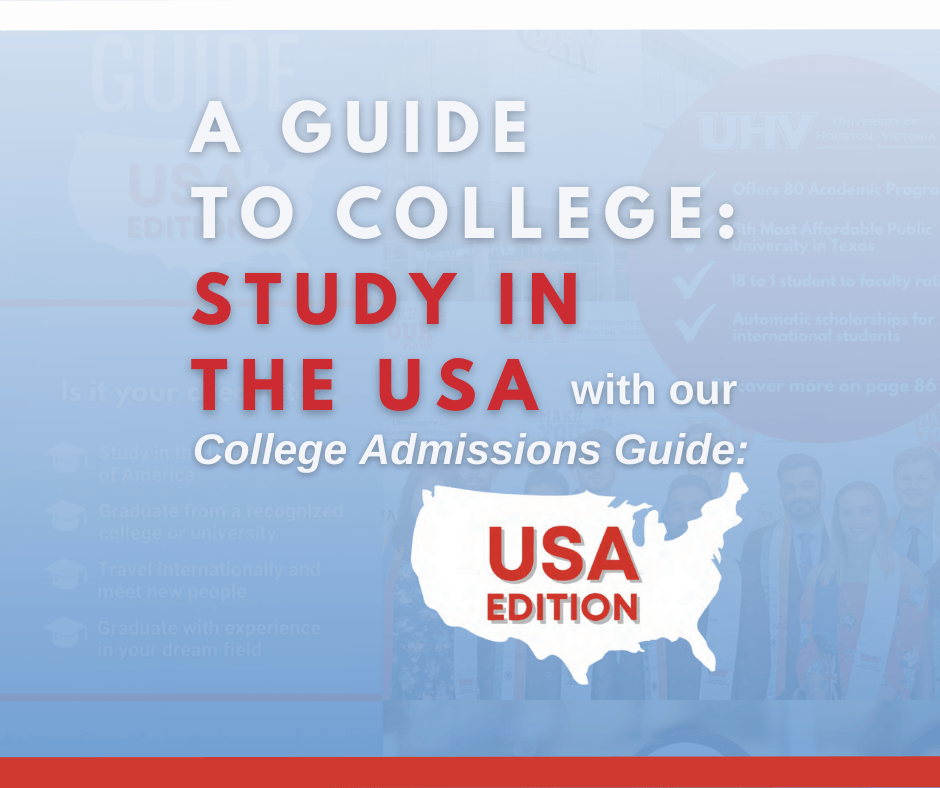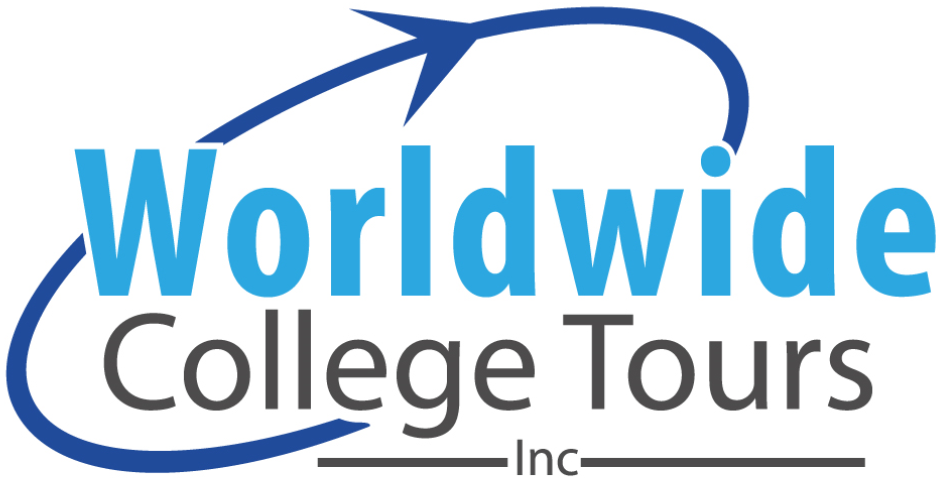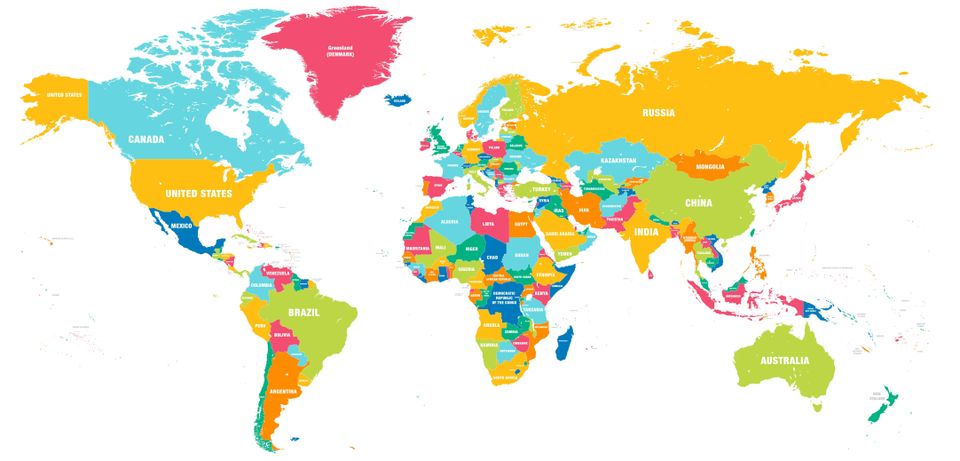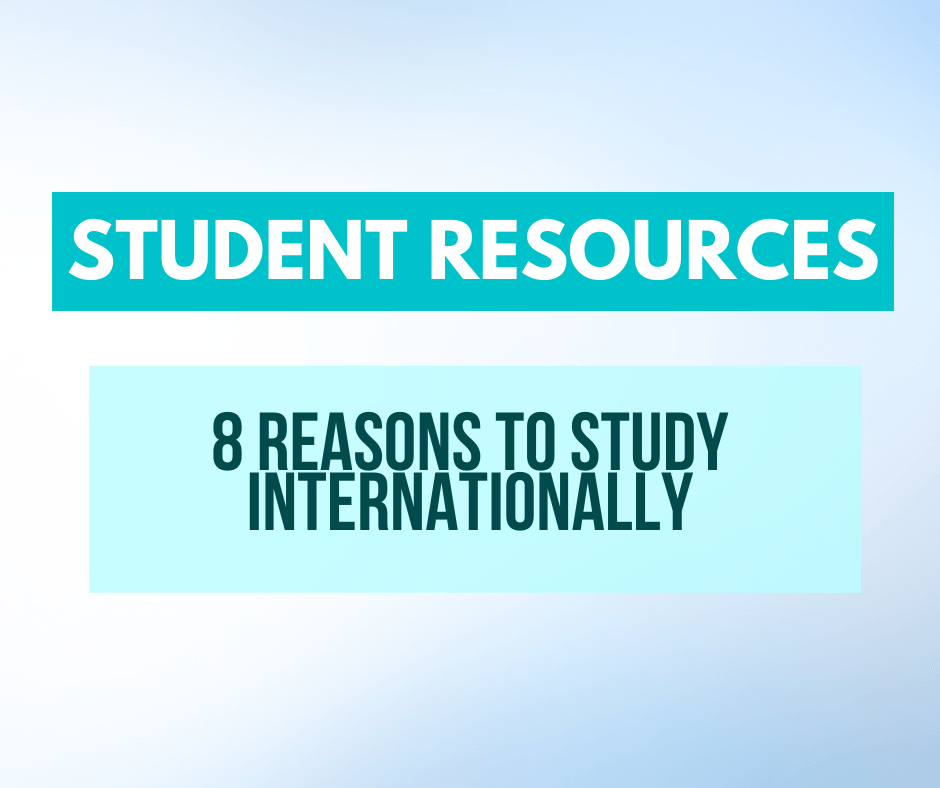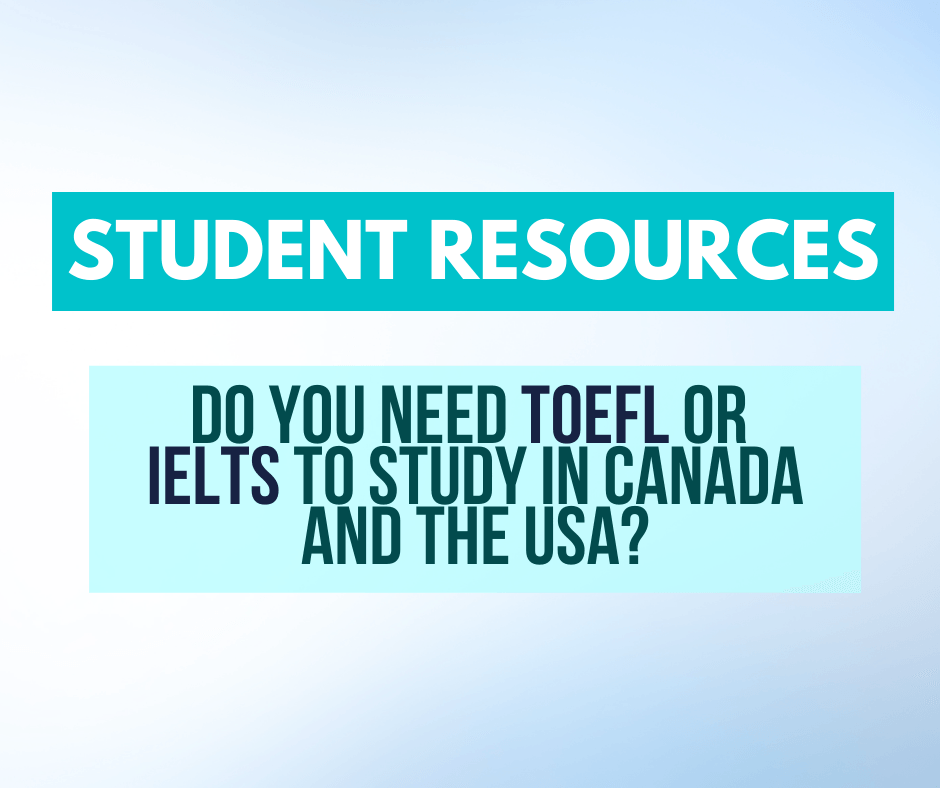The Best Way to Invest Your International Student Recruitment Budget
In Fall of 2018, over 85 million students from around the world entered their final year of high school. Almost 70% of these students are planning to be enrolled in college or university. That's a heck of a lot of students! Do you know where you're going to get the biggest bang for your buck? Have you reviewed your student data to see the students demographics & geographic's?
There are four parts to allocating your schools budget for international student recruitment. Before you begin, you should have some data readily available (relating to the student’s demographics (interests, skills, age ranges) & geographic (where your students come from). This information is going to help you narrow down the most popular countries, regions, and cities that students are applying from. It will also help distinguish the less popular areas (that you might consider areas of improvement for the future).
Part 1 – Locate Where Your Students are Applying From
How to Organize Your Student Data by Location:
In this example, we are an American College, and will be
focusing on Canada. We begin the breakdown by province, then move to
the cities:
Ontario
- Toronto
- Ottawa
- London
British Columbia
- Vancouver
- Victoria
- Surrey
Alberta
- Edmonton
- Calgary
There may be several other cities you get applicants/ students from, usually, you only want to visit the top 3/4. Some towns/ counties may be sub-regions of a larger city. Toronto (as an example), has several other cities within it (Mississauga, Markham, Scarborough, Whitby, etc). It's always great to know the regions geography to avoid duplicate work.
Part 2 – Decide What Types of Students Are Applying
Depending on your institution, you might offer both undergraduate and graduate programs, or only one. If your school accepts different types of students (like ESL), you will need to dissect this information as well.
About the Types of Students Applying to Your School:
ESL/ Summer Camps
These students are typically looking for a taste of what college life/programs are like. If your school offers these programs, you should be pushing them early & often as this is the best way to build loyalty with young international students.
Undergraduate
97% of undergrad students come directly out of high school, others are adults & GED students. A large number of students, who study internationally, choose to get an education through to the master/doctorate level. These students are in for the long haul! Learn more about why you should target undergraduate students with international recruitment in our recent Blog Post HERE.
Graduate/ Doctoral
Graduate & Doctoral students are more difficult to recruit. They have already accomplished their degree and are looking to further their studies. Most graduate students are looking for the top school in their field of study – they want a high-end stamp on their education – and most students are willing to travel for it.
Transfer
Transfer students are looking for something new for a number of reasons, including: program selection, location, & campus life. Transfer students are feeling dissatisfied with their current institution and want a change.
Part 3 – Register for Recruitment Fairs or Marketing
There are a few different ways to invest your budget for international student recruitment. Between online and in person marketing, your school has a lot of decisions to make. Based on the data collected about your students and applicants, there should be a clear area(s) & type of student for your school. By recruiting in your schools' most popular areas, you are almost guaranteed a return on investment (there is never a guarantee). Since your school already has a presence in the area, all that's left to do is to decide on the type of recruitment strategy for your budget.
Types of Recruitment:
- Recruitment fairs targeted at undergrad, grad, transfer
- Large Public Fairs
- High School Fairs
- Solo Travel/ Small Group - Presentations to high schools & partners
- Recruiters
- Partner Institutions
To learn more about which type of recruitment is best for your school, check out our post HERE
Marketing for International Student Recruitment:
Your school can also extend its budget into the marketing world, and create advertisements directed to the areas or groups of students that we discovered in parts 1 & 2. There are so many different ways to reach students with marketing. Some of the most common are:
- Print Advertisements (Magazines, Flyers, Brochures)
- Media Advertisements (Placement in Television, Movies,
Radio)
- Social Media (Influencer marketing, Paid Post Campaigns)
When conducting any type of marketing or advertising, it’s important to be specific. When you are more precise, you will be able to understand the needs of the students applying, such as:
- Affordability (What can the majority of students afford?)
- Program Interest (What business’ are popular in their area?)
- Relocation (What is the process like for a visa? Is there a
high approval rate? Are there resources/communities for similar international
students?)
- Interests (What makes the population patriotic?)
As you begin to understand these needs, you can then create specific advertisements that speak to the right students. Each type of marketing has different benefits and pitfalls. By targeting specific locations and students, your school is more likely to see a higher return.
Part 4 – Allocate Your Budget Accordingly
The last step is to decide where your school should invest its budget. The goal is to have a high return on investment (ROI). To do so, you should invest a majority of your budget into the sure-fire areas – the areas with the most students/applicants with the right types of students (undergrad, grad, etc.) for your school. The majority should also be invested in the strategy that has yielded the best results in the past. For example, if your school is receiving 100s of applications from Medellin, Colombia after attending Worldwide College Tours events in the Spring, then your budget should be allocated there, and in surrounding cities.
The remaining budget should be invested across all markets & new markets. Although television advertisements might have not yielded 100s of applications in the past, things might change in the future. International student recruitment strategies are also about establishing your school. It’s important to spread the news about your school across all markets and locations. Remember the lowest ranking locations and types of students we discovered through parts 1 & 2 research? Now it’s time to turn those numbers around. Your school should invest a portion of its budget for new region development. This will increase your school’s visibility & diversity for both current potential students and for future generations.
In 2017, there were over 1.1 million international students in US colleges and universities. Canada saw over 500,000, and countries in the Caribbean and Latin America saw over 20,000 international students. The rate of international students is increasing globally. Having an allocated budget for international student recruitment is the first step to diversity. To get a more diverse campus, your school needs to focus on different regions, different types of students, utilize different recruitment techniques, and allocate your budget properly.
Worldwide College Tours offers semiannual recruitment fairs throughout Latin America, the Caribbean, & other parts of the world. For more information on how to increase your international student population, click HERE.
